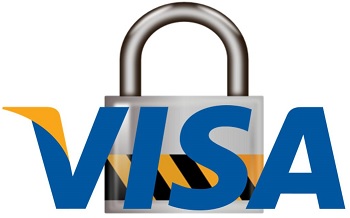A recent study has revealed that many shoppers use multiple portable devices when they buy.
According to the results of a recent study from Criteo, when it comes to mobile commerce, the complete journey from product discovery to the actual purchase can involve several different devices, as opposed to just one, as has been the case with traditional online shopping over a computer.
The data from Criteo indicated that 40 percent of online purchases are now conducted over multiple devices.
This data was compiled as a part of the Q4 2015 State of Mobile Commerce Report from the firm. One of the main findings within that report was that consumers aren’t just using a single mobile device to complete online purchases. It’s true that 60 percent of m-commerce based purchases are currently occurring over smartphones, but Criteo’s data has also indicated that about 40 percent of all online transactions actually involve the use of several different connected and mobile devices that will eventually lead to a purchase. These gadgets include smartphones, but also PCs and tablets.
Mobile commerce is, therefore, dependent on making sure that the shopping experience works across these devices.
 According to the Criteo chief product officer, Jonathan Wolf, “Criteo’s quarterly Mobile Commerce Report demonstrates that mobile is an essential component of commerce today, with most consumers browsing and buying across multiple devices.” Wolf also added that “In order to better understand this digitally-savvy consumer, marketers need to stop looking at each device on its own, and start understanding the user behind them. Multi-device behavior is the new normal.”
According to the Criteo chief product officer, Jonathan Wolf, “Criteo’s quarterly Mobile Commerce Report demonstrates that mobile is an essential component of commerce today, with most consumers browsing and buying across multiple devices.” Wolf also added that “In order to better understand this digitally-savvy consumer, marketers need to stop looking at each device on its own, and start understanding the user behind them. Multi-device behavior is the new normal.”
Among the other key findings from the mobile commerce trends report were the following:
• Of all purchases made online, 4 out of every 10 involved the use of multiple devices before the final checkout procedure was initiated.
• One out of every 3 multi-device purchases reached a completion point over mobile (smartphone or tablet).
• There was a 15 percent year over year increae in mobile transactions from Q4 2014 to Q4 2015.
• Orders completed over tablets have a higher sales value than those completed over smartphones.
• Thirty seven percent of shoppers using desktop or laptop computers will also use mobile devices to browse retailer sites. They often look for products over mobile and buy them over PC.
• Among tablet shoppers, 43 percent use more than one device throughout the length of the shopping journey.

 The expansion of the Visa Europe Payment Tokenization Service will allow banks and other organizations to take advantage of tokenization. By 2020, Visa Europe predicts that one in five consumers will pay for products using their smartphones and other devices on a daily basis. Mobile will account for 50% of all Visa transactions made by that time, which has highlighted the need for secure services.
The expansion of the Visa Europe Payment Tokenization Service will allow banks and other organizations to take advantage of tokenization. By 2020, Visa Europe predicts that one in five consumers will pay for products using their smartphones and other devices on a daily basis. Mobile will account for 50% of all Visa transactions made by that time, which has highlighted the need for secure services. 